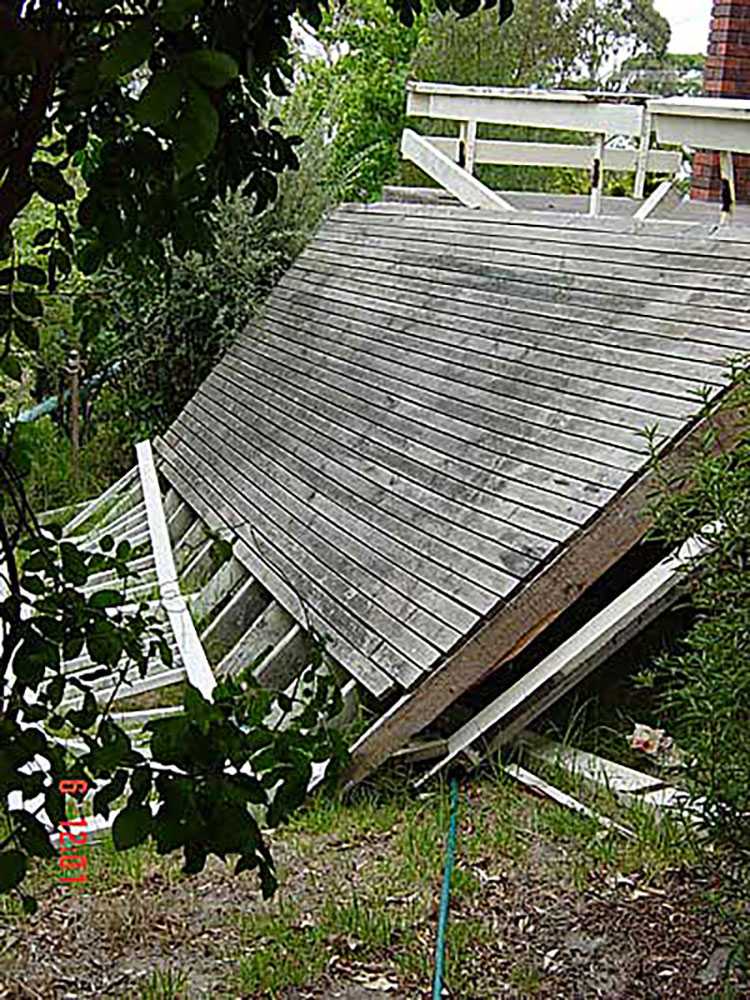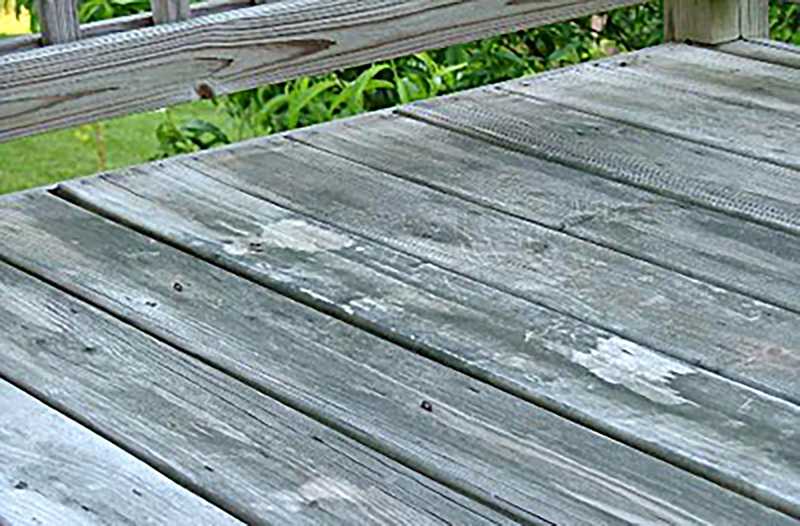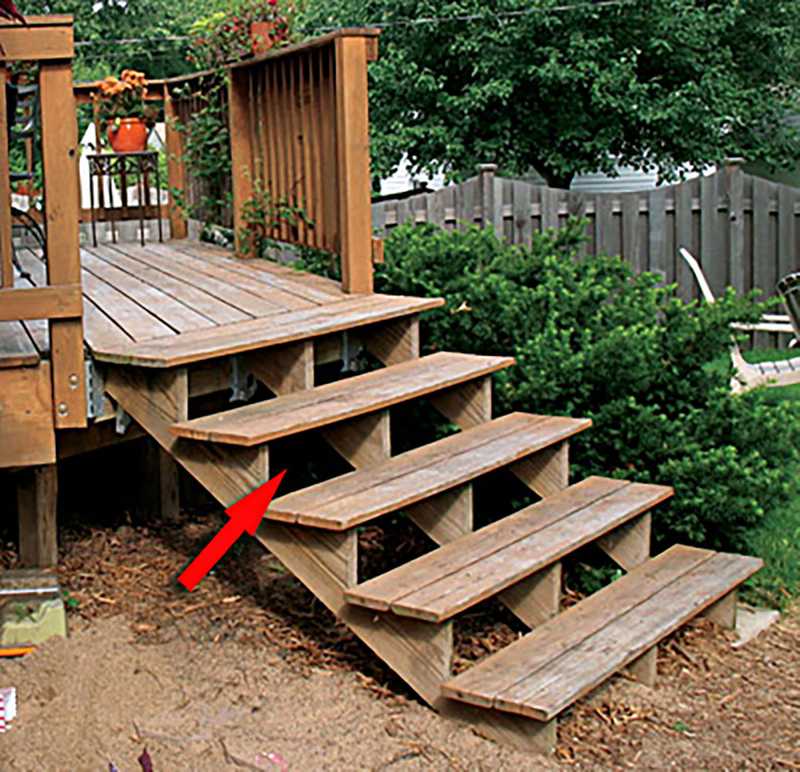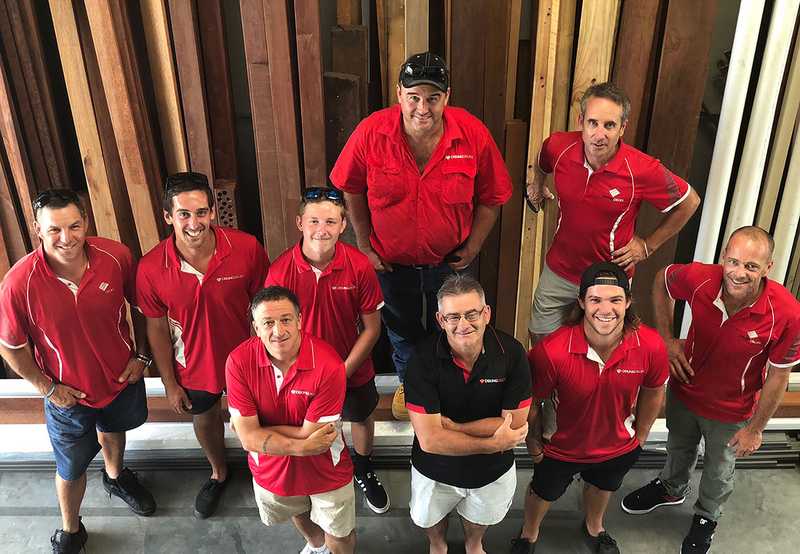A well designed and built timber deck can be a wonderful addition to your home in terms of beauty, functionality and monetary value to your property.
There are however some common timber decking mistakes to avoid. We at Deking would like to share these with you, to ensure that your timber decking project is a success.

While some of these timber decking mistakes are a result of lack of knowledge some occur by non reputable builders cutting corners. So whether you are planning to build your own timber deck or have one built for you we recommend you take the time to read about decking mistakes to avoid.
Helping you get the most out of your deck
We highly recommend timber post stirrups are used to keep your timber posts above the ground and not set directly in concrete.
It is a very common deck building mistake to set timber posts in concrete. However concrete is porous and retains moisture. Over time this moisture will rot your timber decking posts and a major repair job may result.
Black stains on your timber decking boards can ruin the look of your deck.
This is simply avoided by not using a metal grinder on your deck. You should also ensure that no metal is left lying around on your deck as this too can cause black stains on your timber decking.
The stains occur by the grinding sparks (or metal fragments) landing on the deck and if they are not thoroughly removed then in wet weather the tannin in your timber decking boards reacts with the metal leaving you with stains on your deck.
The most common cause of splitting timber decking is the incorrect use of the type of timber for your deck. Softwood timber decking is far more likely to split than hardwood.
If money is an issue then treated softwood can be used for the sub-structure. Splitting of timber decking is also likely to occur when your deck is not properly maintained. One of the more costly long term decking mistakes to avoid is a lack of weather protection.
Changes in weather cause the timber decking boards to expand and contract. Unless the deck is oiled and sealed properly you are likely to find that in 3 to 5 years your timer decking boards will split and this can result in the need to completely relay new timber decking.

Termites love damp, rotting wood. The damage caused by termites can be extensive and may not be limited to just your deck but also your home. The simple solution to this problem is to use steel stirrups and have regular termite inspections.
Another mistake often made (usually to save money) is to build the deck stairs too narrow and too steep. This can be a dangerous mistake as deck stairs are not only for access but also an emergency exit.
Narrow, steep stairs are also dangerous just for day to day use as people are more likely to trip and fall. It is also important that each step is of the same height. Whilst not as important it is preferable not to leave an open space between steps. Again this is a tripping hazard best avoided if possible.
An added benefit of constructing your deck stairs correctly is that they will feature as an attractive component of your deck.

Timber decking can be subject to rust if the fixings used (that is the bolts, screws and nails) are not galvanised. Although galvanised steel fixings are more expensive they could save you a major expensive of a deck repair if they are not used.
The zinc coating of the galvanised steel nails etc. protect the steel from the corrosive chemical reaction that arises between dampness, humidity, steel and the tannins in the timber decking.
If your timber deck begins to sag you know you have a problem. Sagging is most often caused by using the incorrect type of timber or the size of the timber used.
As softwood is cheaper than hardwood it is tempting to build your deck out of this type of wood. However this could lead to major problems and it is essential that structurally rated timber is used in the construction of your deck.
Many DIYers have been tempted to purchase their own timber decking materials and build or extend a deck without gaining approval from their local council.
This is very risky as Councils have the right to make you change your deck to meet their requirements, or even force you to dismantle the timber deck completely.
There are several building codes in relation to the height, length and strength of hand and guardrails. Not following these codes can be one of the most dangerous timber decking mistakes. The codes are there for a reason – safety- and need to be closely adhered to.
Building and installing hand and guardrails can be one of the most expensive components of deck construction. Having to remove and replace these rails as they do not conform to standards will be a costly error.
This however is minor in comparison to the possibility of a tragic accident due to poorly constructed rails or rails that are too low.
Care and time needs to be taken to ensure that your timber decking boards are laid straight. A little bit of preparation time spent using chalk coated string can make the difference between an obvious DIY job and professionally laid timber decking boards.

You can be assured that if you engage us to construct or extend your existing timber deck none of the mistakes as described will be made.
At Deking we are professional timber decking builders and provide attractive, sturdy, long lasting and code approved decks.
Call us or email us today (1800 335 464) at Deking and we will discuss how we can best meet your needs and your budget.
Have a look at our Decking Gallery to see examples of the decks that we have constructed for satisfied customers.
Image source: www.mosbybuildingarts.com
Deking Decks Service Areas:
DeKing Decks service Brisbane, Redlands, Bayside, Logan, Ipswich, Moreton Bay, Gold Coast, and Sunshine Coast